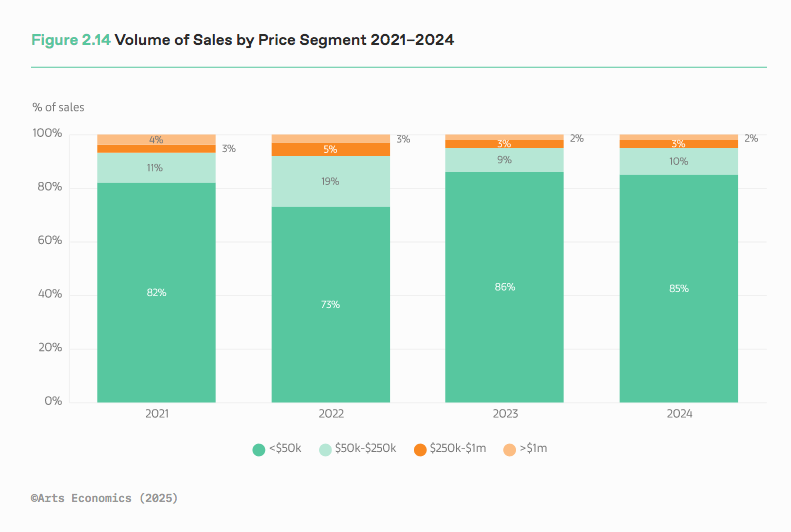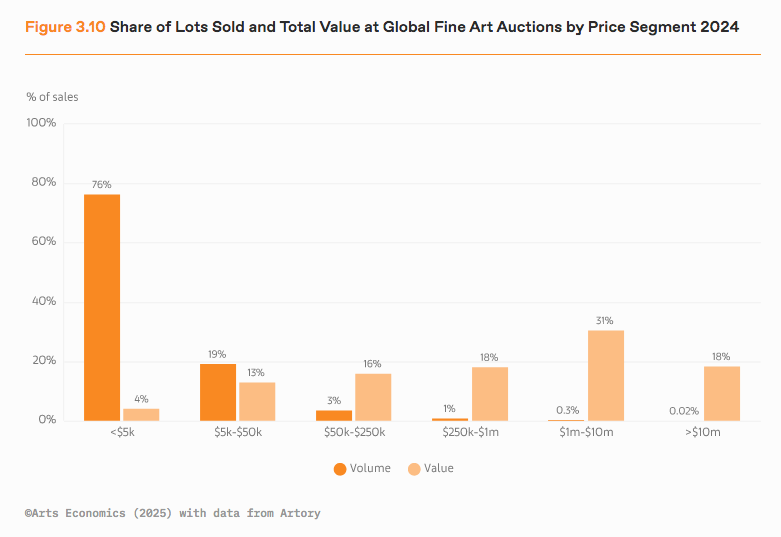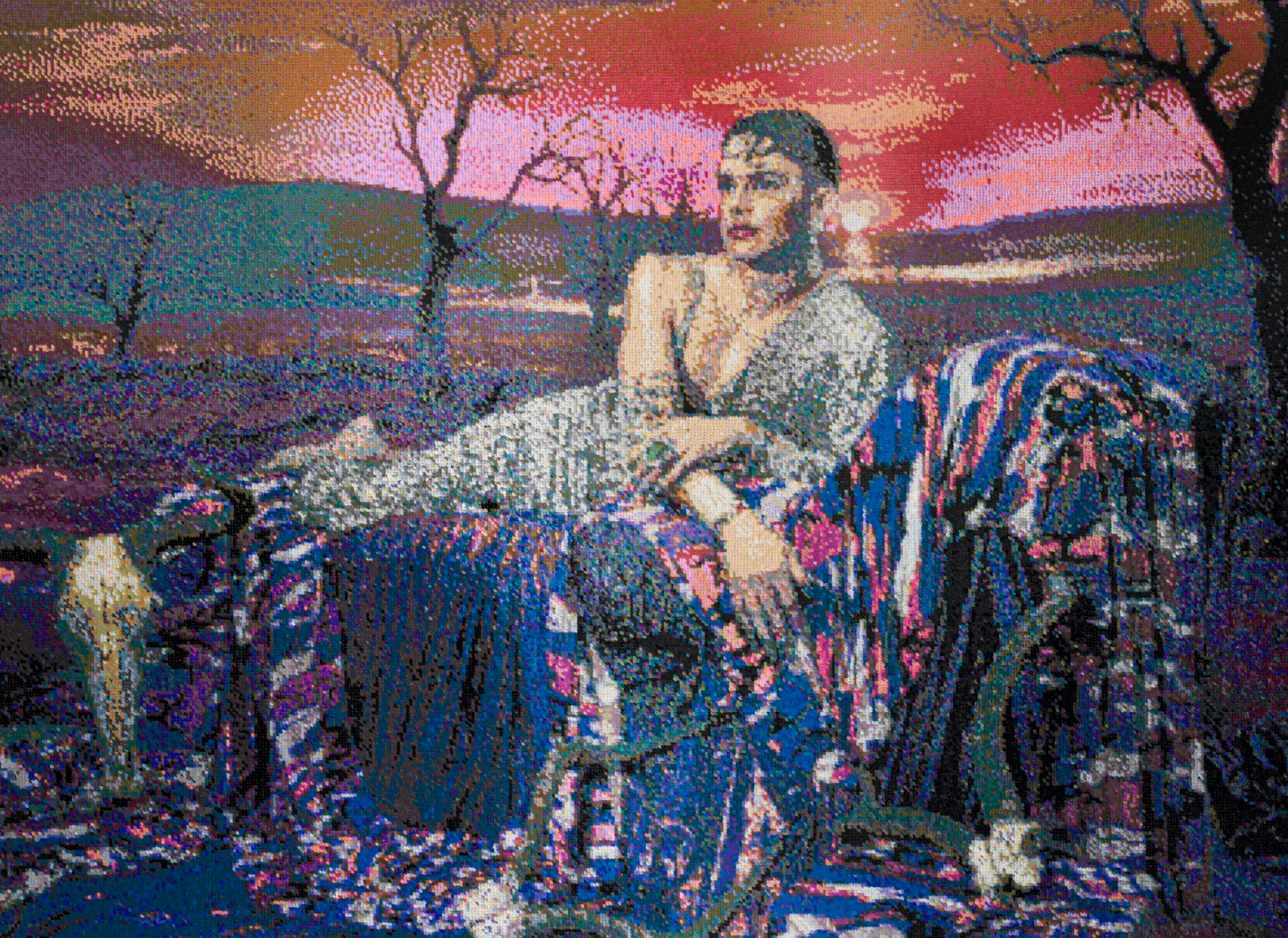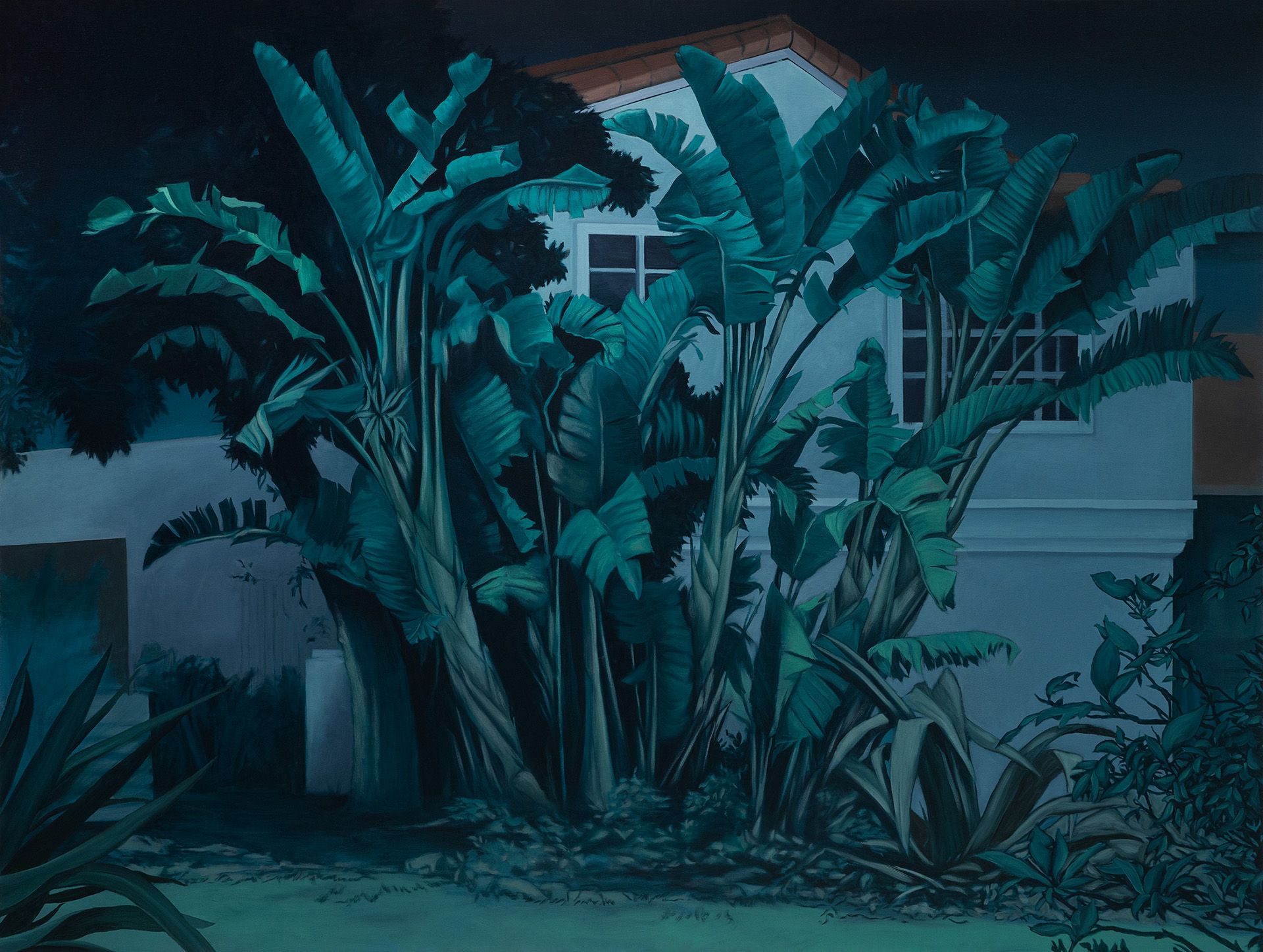The market for 'affordable art' heats up
- By Mary Corrigall

-----------
The phrase “affordable art” has a complex history within the art market. Local and international art fairs that have, at various times, attached "affordable" to their events have sometimes drawn the ire of art dealers and confused or alienated collectors. This is largely due to the relativity of the term “affordable”, depending on one’s geographical location or the economic strata. Art's value is also partly associated with its unattainability and its status as a symbol of wealth.
That association continues to hold relevance, however in reality, artworks at various price points offered by galleries at different levels are the norm, making art accessible to a range of budgets. The Corrigall & Co South Africa Patterns & Pricing (2018) found that prices for art that year ranged from R650 to R7.8 million.
Global conditions however, are shattering some of the stigma attached to affordable art. Economic uncertainty, high inflation, and the reported decline of the global art market are reportedly driving growth and interest in lower-valued art. South African art is competitively priced, and art dealers and artists with access to international markets are well placed to benefit from this shift. Locally, there is also a growing demand for more “affordable” art, which is increasing the number of art buyers, though it may be challenging for more established artists who rely on local sales.
There is always a positive side to a market downturn. The global art market remains healthy, with an estimated value of $57.5 billion in 2024, according to the Art Basel UBS Art Market Report 2025, produced by Art Economics. However, the report found that art sales at auctions and by art dealers in the global art market fell by 12% in 2024.

If you dig into these figures more closely, you discover that the major losses occurred at the top end of the art market, which has "thinned out significantly," according to its author, Claire McAndrew.
High net worth individuals are not in a rush to consign high-value artworks at auction in a market deemed to be in decline. Nor are they feeling bullish about acquiring expensive contemporary works that may not yield a healthy return at auction, if they choose to resell them.

In line with this, one of the main findings in the Art Basel UBS Art Market Report 2025 is the growth in the lower end of the art market. This can be detected in the increase in sales of work below $50 000. In the American context, this could be deemed “affordable art”, although it translates to R900 000 in Rand terms.
Smaller dealers worldwide, with a turnover of less than $250,000, (only 1% of responders to the Basel/UBS report are from the African continent) are benefiting from the demand for more “affordable” art, and have experienced a 17% increase in sales.
This shift in the market was most noticeable at auctions where results and price transparency are made public and can be easily quantified and analysed.
Arteconomics found that in 2024 the auction market for artworks valued under $5,000 experienced a 7% increase in value, and a 13% increase in the number of lots sold.
Demand for art set at the $50 000 mark and below is not a new trend, however, it has been increasing since 2022 when "the share of transactions for prices of below $50,000 was reported as 73% and this rose substantially by 13% in 2023, stabilising at 85% in 2024."
The majority of the works that sold for under that amount were considerably less - $5000 "even though they made up only 4% of sales values.”
In local rand terms, this equates to works priced from R90 000 and less. This has naturally made South African art more attractive to foreign buyers, as for that sum, you can secure a good quality painting by an established artist.
Emma Van der Merwe, director at Everard Read/Circa galleries (a participant in the RMB Latitudes Art Fair) recalls an American collector who acquired ten sculptures for their sculpture garden. The collector remarked that this was equivalent to the price of one sculpture by a renowned American artist.
In line with this, some internationally established South African artists continue to sell well and do not feel pressured to create “more affordable” works, whether smaller or in other mediums.
"I am not considering sales and what might be more ‘saleable’ with regards to my practice. No need to. Big works sell," said painter Kate Gottgens.
To meet the demand from French institutions, Barabara Wildenboer has been generating large-scale works at prices higher than what would be palatable locally, she says.
"I recently had a solo exhibition locally where the works were smaller, at lower prices, and I didn't do as well as I would have with more expensive works," added Wildenboer.
Frances Goodman's sequin “paintings”, which are considered expensive by local standards, continue to attract buyers. She suggests that tailoring works to make art that is less expensive isn't always a successful endeavour.
 Frances Goodman, Red Horizon, 2023, Hand Stitched Sequins on Canvas, 136 x 184,5 x 7cm, image courtesy of the artist
Frances Goodman, Red Horizon, 2023, Hand Stitched Sequins on Canvas, 136 x 184,5 x 7cm, image courtesy of the artist
"When I’ve made cheaper or edition pieces with the idea of making my work more affordable and readily available, it hasn't necessarily landed that way. People are not interested in buying pieces that are smaller or affordable just for the sake of it," she adds.
Turiya Magadlela is known for her large-scale textile works made from pantyhose and has an established international market. Yet, she has experienced a lull in the demand for her works. To counter this, she began offering works on paper.
"I’ve been selling pages from my A3 sketchbook, they’re moving slowly. My large works, even the ones that some institutions have promised to buy, remain unsold. I want to be positive, but it’s hard," says Magadlela.
The rise in sales of lower-valued works at auction, which was identified in the UBS/Basel report, hasn’t been noticeable locally. Strauss & Co Auction house hasn’t seen a marked increase “in the sales of lower-priced works per se, but what we have observed, is a steady growth—20% over the last four years—in new collectors entering the market. These collectors tend to start more cautiously, typically with lower-priced works such as a work on paper, and gradually move towards higher-value acquisitions as their confidence grows,” says Bina Genovese, director at Strauss.
In an effort to cater to new collectors, Strauss & Co has been offering monthly online art auction, providing “an accessible entry point, offering a wide range of works across price bands and mediums, which continues to support this growth in early-stage collecting,” says Genovese.
Some South African gallerists are experiencing a demand for lower-priced art.
Van der Merwe affirms this shift in the market, yet she is mindful that the notion of "affordable artwork” is constantly changing.
WORLDART gallery, a smaller gallery in Cape Town participating in the upcoming RMB Latitudes Art Fair, has also noticed an increase in the demand for lower-priced works.
To cater to this, founder and director, Charl Bezuidenhout, typically presents a range of works at various price points in his exhibitions and art fair presentations.
 Tafadzwa Masudi, Tandavara serunyemba, 2025 presented by WORLDART, R68,000.00 ex. VAT, ENQUIRE
Tafadzwa Masudi, Tandavara serunyemba, 2025 presented by WORLDART, R68,000.00 ex. VAT, ENQUIRE
Joburg-based Karin Preller, an independent artist who will present a booth of her work at the RMB Latitudes art fair, hasn't set out to produce more affordable works. However, she has received "numerous requests from buyers for smaller or more affordable works," she says.
Andrew Kayser, an established independent artist based in Joburg, has found it challenging to secure beneficial gallery representation. This may have hampered sales of his large-scale paintings (sometimes up to 1,40-metres long), and he is contemplating reducing the size of his canvases to make his work more accessible.
"Artists, galleries, and platforms are becoming more intentional about price accessibility. There’s a growing understanding that cultivating a future market means engaging collectors early—and that means offering work at entry-level price points," observes Sara Hallatt, founder of Africa Collect, a new enterprise that finances art purchases for under R50 000.
"Africa Collect was born from a deep recognition that while the contemporary art market in Africa is growing, it still largely excludes a broad base of potential collectors—particularly younger and middle-class buyers," says Hallatt.
Has this demand for lower-valued works resulted in galleries and collectors favouring emerging artists over bigger, more established names, driving a shift in exhibition and art fair programmes?
Everard Read mostly represents mid-career and established artists, but they have always tried to include emerging artists.
"You want to give young artists an opportunity and a platform to create an entry-level market space that caters to both new collectors and established collectors, local and international," observes Van der Merwe. With this in mind, the Cape Town gallery stages the “cubicle” series, providing an opportunity for a group of emerging artists (of varying ages and stages) to showcase their work in this respected gallery for two weeks.
 Andrew Kayser, 54 1st Street, 2023, R205,000.00 ex. VAT, ENQUIRE
Andrew Kayser, 54 1st Street, 2023, R205,000.00 ex. VAT, ENQUIRE
The gallery makes a conscious effort to offer works by emerging artists at local and international art fairs. At the recent ExpoChicago, a US-based fair that has become important to a range of South African dealers, sales were slower than usual. In line with the Basel report, sales were more robust in the lower bracket – priced at $50 000 and under. Van der Merwe found the mood sombre, and it was the work of Warren Maroon, an emerging Cape Town-based artist, that excited buyers.
Interest in emerging artists from Africa is not new. It may have less to do with economics, and more to do with the cultural diversity and compelling narratives that underpin art from our continent. The quality of art from South Africa, in relation to the prices artists demand, is attractive.
Galleries and artists operating between local and international markets will have to balance two different concepts of “affordability” without compromising on artistic values. Dealer are likely going to look to support more emerging artists to meet local demand for lower valued works. This could only benefit our art ecosystem where emerging artists outnumber established names.
Further Reading In Articles
African Artist Directory
















